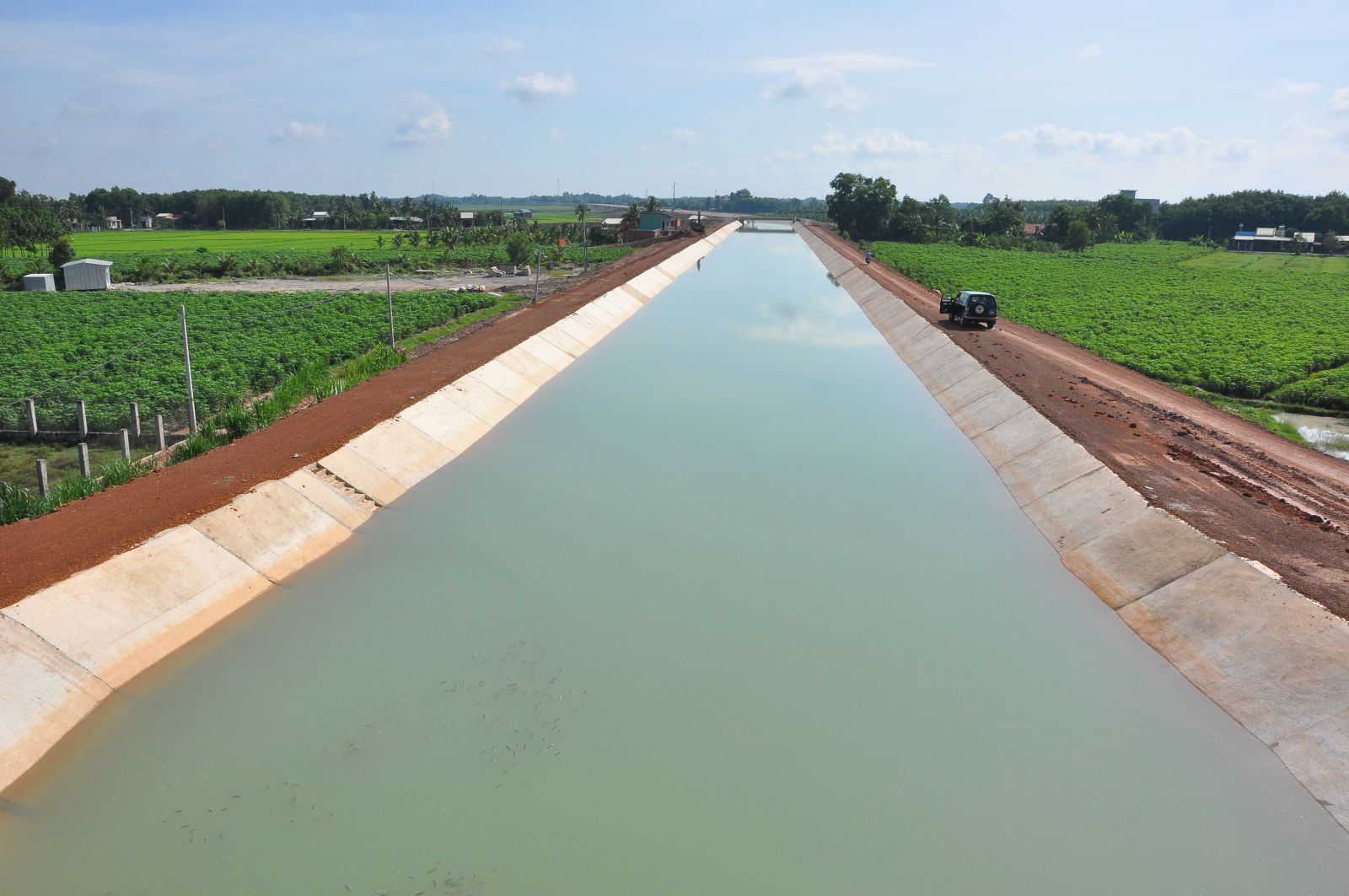
Many achievements
Mr. Nguyen Dinh Xuan - Director of the Department of Agriculture and Environment (DARD) said that with the revolutionary tradition and spirit of self-reliance, after the liberation of the South, Tay Ninh people focused on labor production, initially solving the famine, overcoming the chronic food shortage caused by the consequences of war.
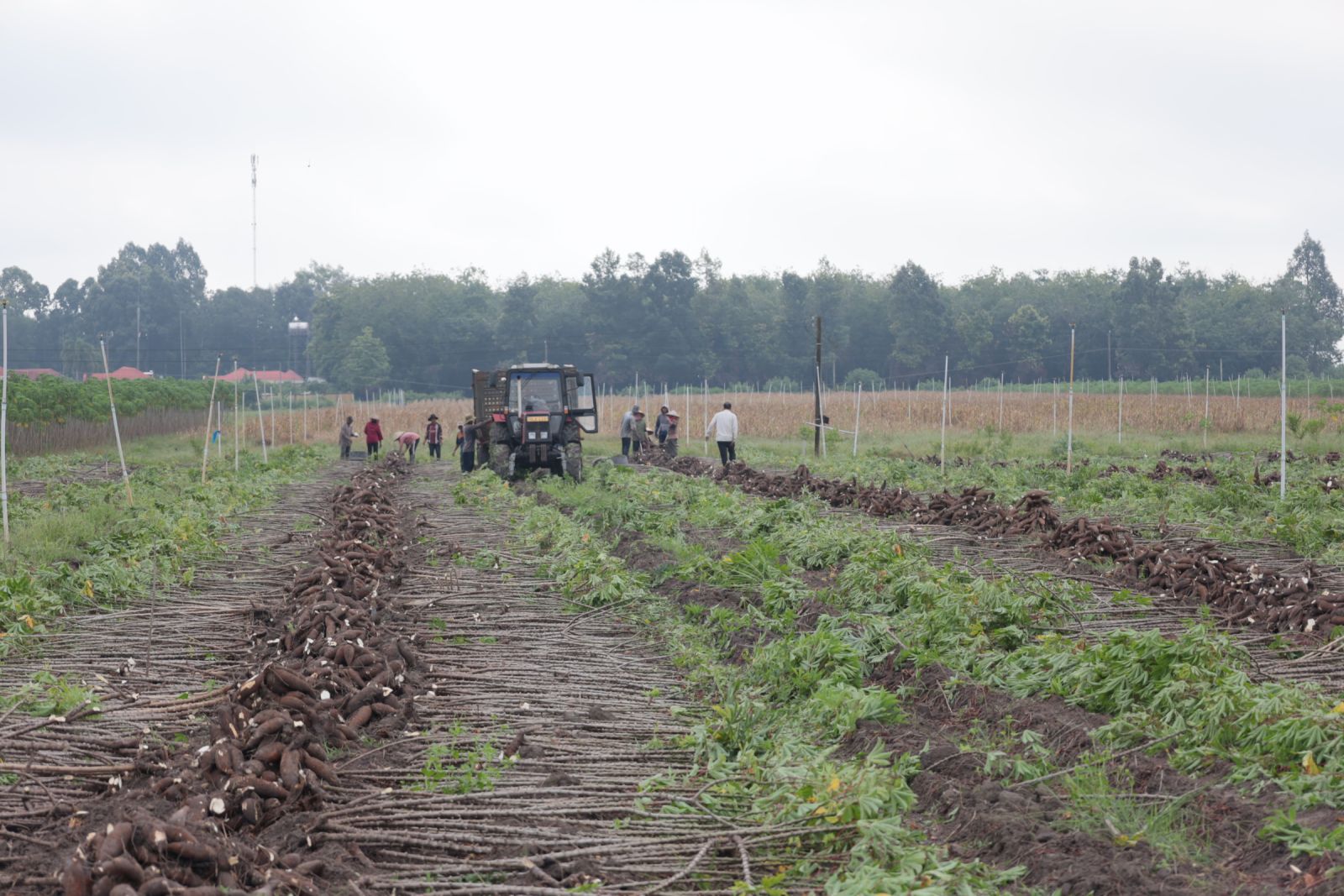
After nearly 40 years of innovation, based on the orientation and effective implementation of the Agricultural Restructuring Project towards increasing added value and sustainable development, currently, agricultural production in the province has had important changes, basically forming specialized areas associated with the processing industry, especially rice, sugarcane, cassava, rubber, fruit trees...
Specifically, to date, the total rice area of the province has reached about 145,500 hectares, with an output of 785,900 tons/year. Most of the areas have been mechanized over 90% from land preparation to care and harvesting to reduce investment costs, improve productivity and quality, and create safe products for consumers.
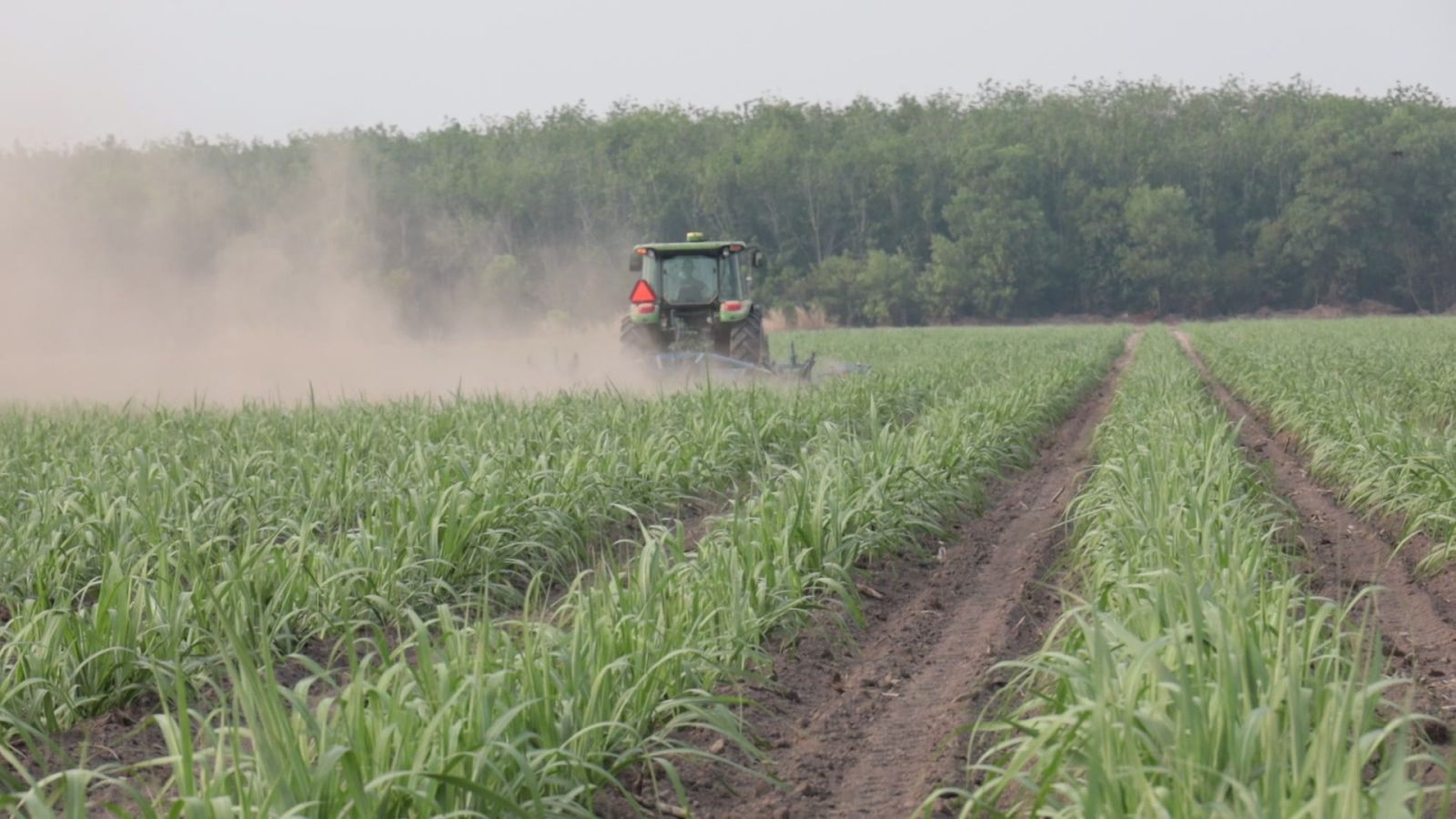
The province currently has about 7,500 hectares of sugarcane, with an output of 573,750 tons/year. The province has a sugar processing factory of Thanh Thanh Cong - Bien Hoa Joint Stock Company in Tan Chau district with a capacity of 9,800 tons of sugarcane/day. In 2025, there will be another sugarcane processing factory in Ninh Dien commune, Chau Thanh district, expected to come into operation in the second quarter of 2025 with a capacity of 2,000 tons of sugarcane/day.
For cassava, Tay Ninh currently has a raw material area of over 62,020 hectares, an average yield of 33.7 tons/ha, and an output of over 2.1 million tons. In recent times, cassava growers in the province have applied synchronous mechanization from planting to harvesting, using cassava varieties that are not susceptible to mosaic disease to increase productivity and quality. Currently, the province has 64 cassava processing factories (accounting for 45.8% of the country) with a total capacity of 6.4 million tons of tubers/year; of which there are 8 deep processing factories, including 6 factories producing modified starch and 2 factories producing malt.
As for rubber trees, the whole province has an area of about 98,200 hectares, with an output of over 190,096 tons/year. There are currently 30 rubber processing factories with a total capacity of about 500,000 tons of raw materials/year, processed products and consumed domestically and in foreign markets such as China, the United States, Australia, etc.
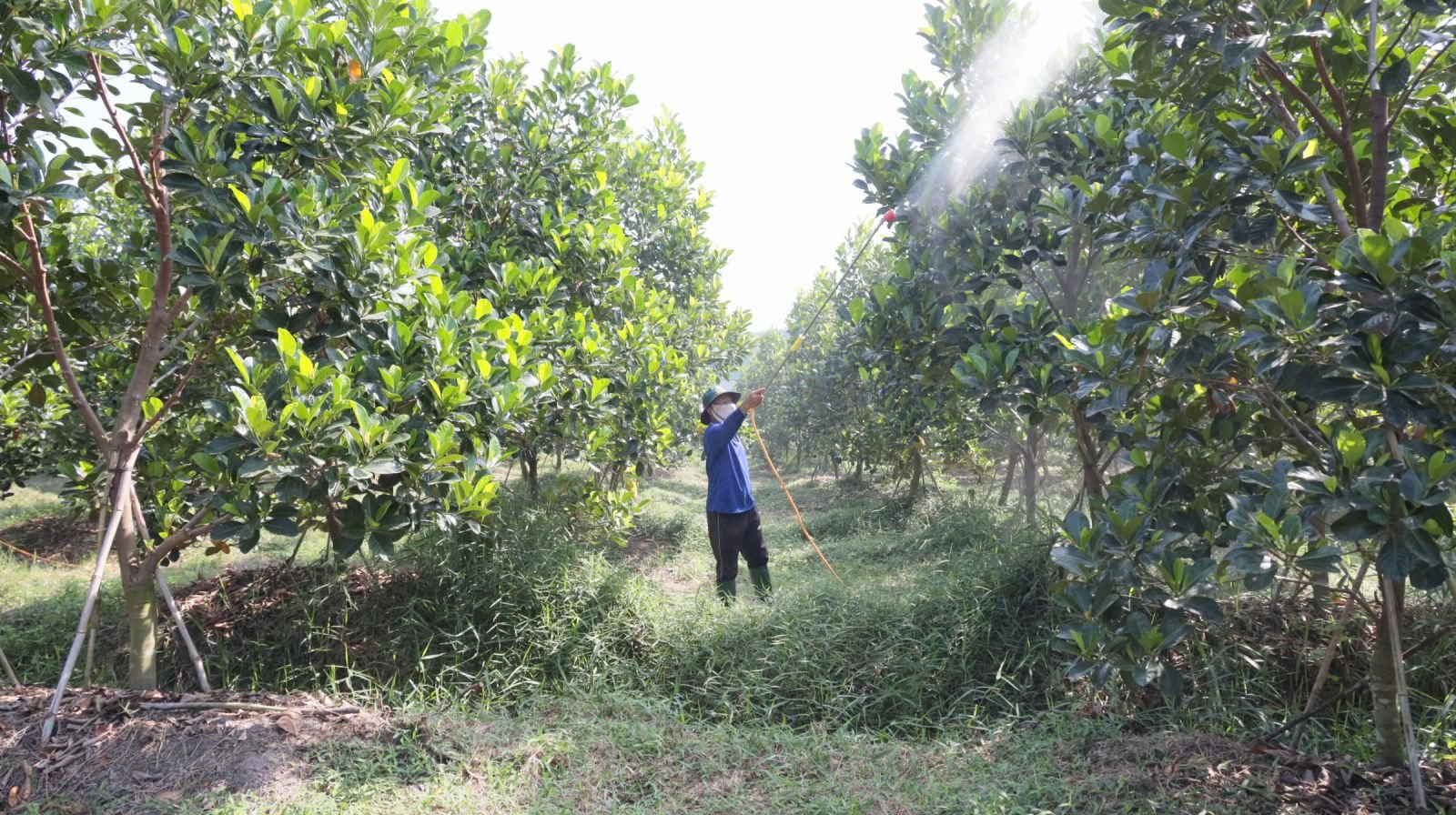
In recent years, the trend of converting traditional crops with low economic efficiency has been to fruit trees of all kinds with about 24,820 hectares (durian, banana, custard apple, grapefruit, mango...) and more than 20,040 hectares of vegetables of all kinds. From 2023 to now, the whole province has granted: 62 codes for fruit tree growing areas for export with about 1,522 hectares, of which, there are 27 codes for export growing areas on banana, jackfruit, mango, longan, durian, seedless lemon with a total area of 633 hectares to the markets of China, Australia, Europe, New Zealand, Korea and the United States.
The livestock structure has been actively transformed according to the scale of farms and concentrated households, ensuring bio-safety; especially the model of large-scale, closed, concentrated cold-farm livestock farming, applying high technology, developing rapidly. The rate of farm livestock farming accounts for 81.5%. Forming 14 production - consumption chains on key agricultural products, to help improve production efficiency and income for farmers, businesses and sustainable development.
Attracting and calling for investment in agricultural production increased, especially in livestock farming, contributing to increasing the scale of poultry farming. Silviculture continued to perform well, planting over 1,800 hectares of new forests, contributing to increasing forest cover to 16.4%.
Complete irrigation system to meet production needs
Mr. Nguyen Dinh Xuan - Director of the Department of Agriculture and Environment said that after 1975, in order to effectively implement intensive farming, increase the area, increase the productivity of rice and other crops, the Provincial Party Committee directed all levels to mobilize the masses to participate in irrigation. The movement became a vibrant movement among the people. The masses participated in 470,000 working days, digging, dredging canals on 510,000 m3 of land, providing water for irrigation for 25,000 hectares, turning many single-crop fields into 2-3 rice crops.
Food production in 1976 was not only enough to supply the people in the province but also provided the Central Government with over 8,500 tons of rice, over 1,000 tons of peanuts, 12,000 tons of sugarcane and hundreds of thousands of buffaloes and cows for Ho Chi Minh City.
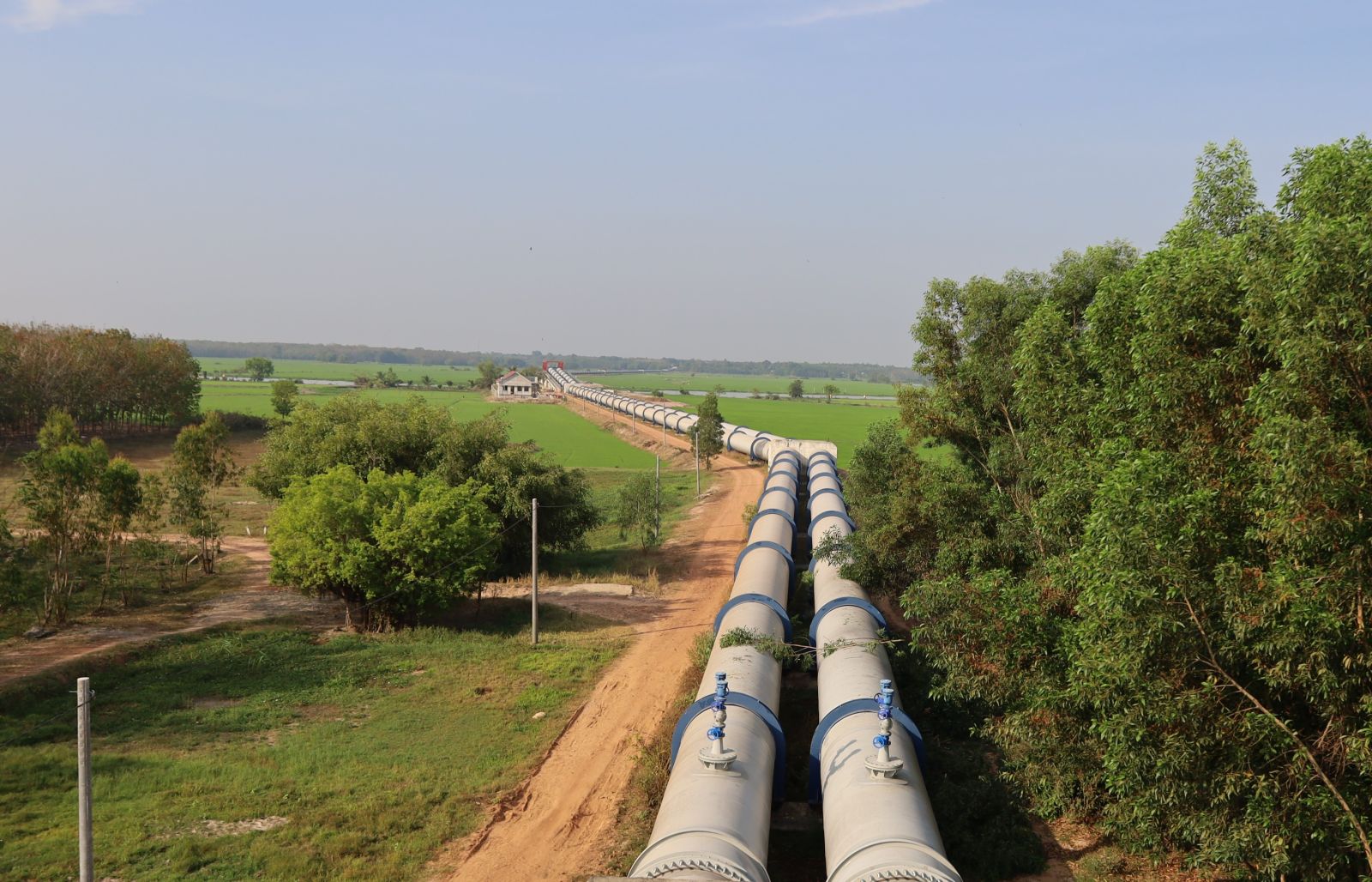
Currently, Tay Ninh is one of the provinces with a relatively complete irrigation system. The province has 4 reservoirs (Dau Tieng, Tha La, Nuoc Trong 1, Nuoc Trong 2), 10 electric pumping stations, 1,759 irrigation canals, 365 drainage canals and 24 dykes; serving the irrigation water needs for agricultural production for about 152,125 ha/3 crops (about 75% of agricultural land area in the province, of which proactive irrigation water is provided for more than 120,900 ha, reaching 80%); drainage for nearly 97,000 ha; industrial water supply of about 7 million m3/year; flood prevention and protection for 2,709 ha of agricultural land; flood prevention dykes, along with the basic drainage system meet the agricultural production needs of the people.
In addition, the provincial Department of Agriculture has also completed and put into use the irrigation system in the western area of the Vam Co Dong River (phase 1) to provide irrigation water for more than 17,000 hectares of land in the border area of Chau Thanh and Ben Cau districts. Currently, the project is implementing phase 2, concreting the main canal and building a level 1 and 2 irrigation and drainage canal system to serve production and people's lives.
According to Mr. Nguyen Dinh Xuan, the construction and operation of Dau Tieng Lake irrigation project is an important turning point in the agricultural development of the province. With an area of 270 km2 and a capacity of up to 1.58 billion m³, Dau Tieng Lake ensures irrigation water for agricultural land, ensures food security, helps 70% of the area of fallow land to be reclaimed and put into agricultural production, and at the same time creates conditions for the development of other crops.
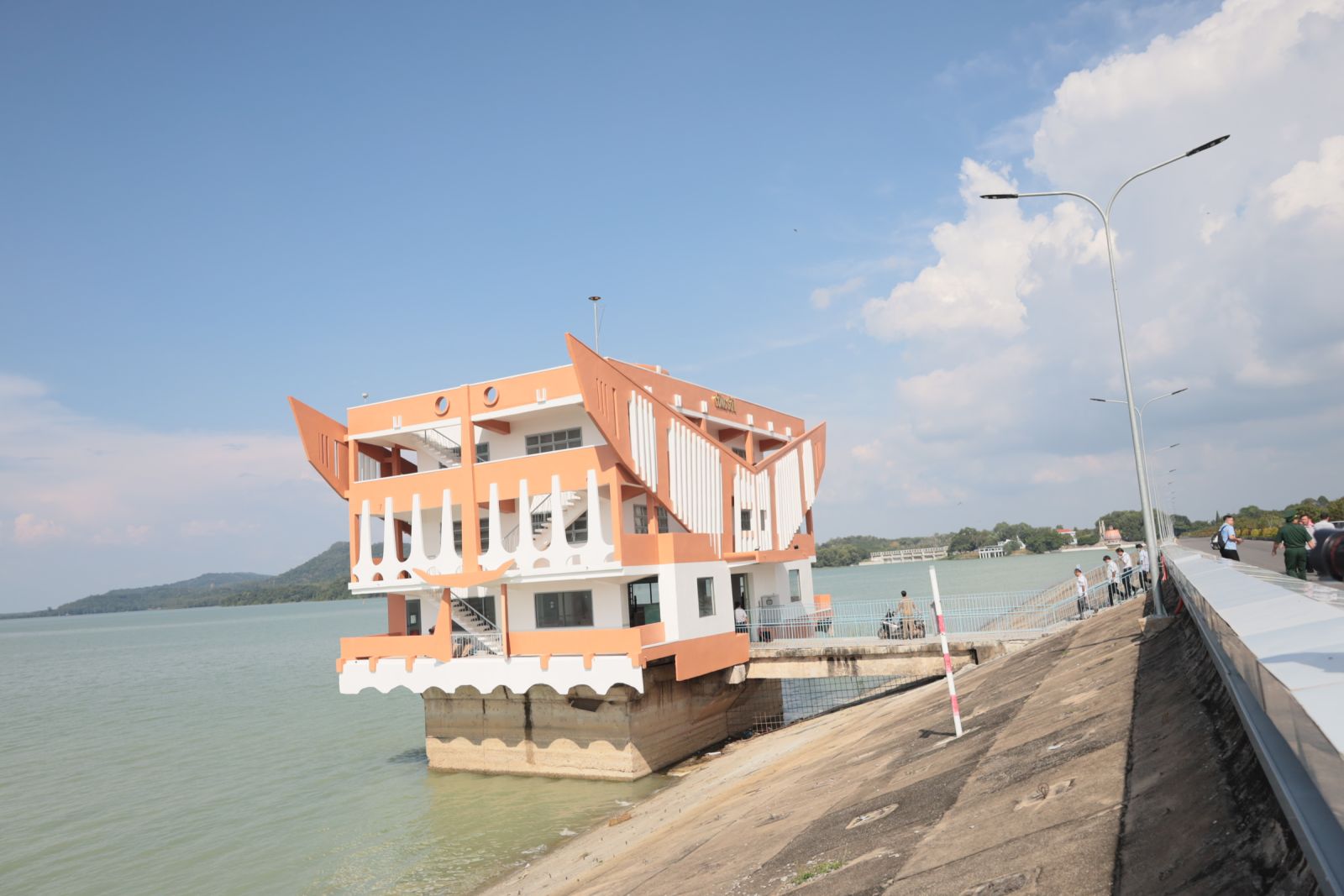
Currently, Dau Tieng reservoir has been recognized by the Prime Minister as an important irrigation project especially related to national security, with multi-purpose tasks: supplying water for agriculture, industry, and daily life for the provinces of Tay Ninh, Binh Phuoc, Binh Duong, Long An, Ho Chi Minh City, reducing floods for the downstream area of the Saigon River, supporting the creation of irrigation sources, releasing environmental flows, improving the environment and water quality of the Saigon River and the Vam Co Dong River.
Since its operation, this project has brought significant developments to the province's agricultural sector. With a stable source of irrigation water, it contributes to increasing agricultural area and output, helping to improve crop productivity, raising the average product value obtained per hectare of cultivated land in 2025 to 115 million VND/year.
In addition to providing irrigation water, Dau Tieng Lake also creates favorable conditions for the development of aquaculture.
Nguyen An
Source: https://baotayninh.vn/nong-nghiep-tay-ninh-sau-50-nam-phat-trien-a188684.html


![[Photo] Air Force actively practices for the April 30th celebration](https://vstatic.vietnam.vn/vietnam/resource/IMAGE/2025/4/15/16fdec3e42734691954b853c00a7ce01)
![[Photo] Welcoming ceremony for Prime Minister of the Federal Democratic Republic of Ethiopia Abiy Ahmed Ali and his wife](https://vstatic.vietnam.vn/vietnam/resource/IMAGE/2025/4/15/77c08dcbe52c42e2ac01c322fe86e78b)
![[Photo] Ho Chi Minh City after 50 years of national reunification through buildings and symbols](https://vstatic.vietnam.vn/vietnam/resource/IMAGE/2025/4/15/a224d0b8e489457f889bdb1eee7fa7b4)
![[Photo] General Secretary To Lam meets with veteran revolutionary cadres, meritorious people, and exemplary policy families](https://vstatic.vietnam.vn/vietnam/resource/IMAGE/2025/4/15/7363ba75eb3c4a9e8241b65163176f63)

![[Photo] National Assembly Chairman Tran Thanh Man attends the summary of the organization of the Conference of the Executive Committee of the Francophone Parliamentary Union](https://vstatic.vietnam.vn/vietnam/resource/IMAGE/2025/4/15/fe022fef73d0431ab6cfc1570af598ac)
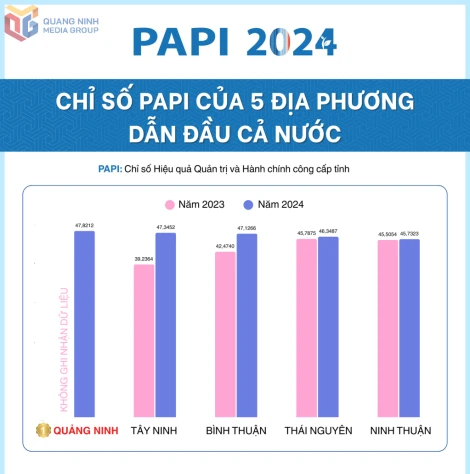
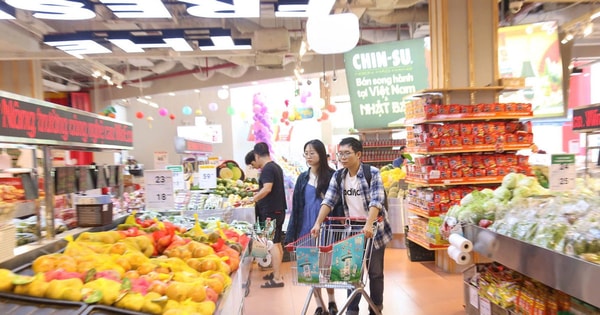

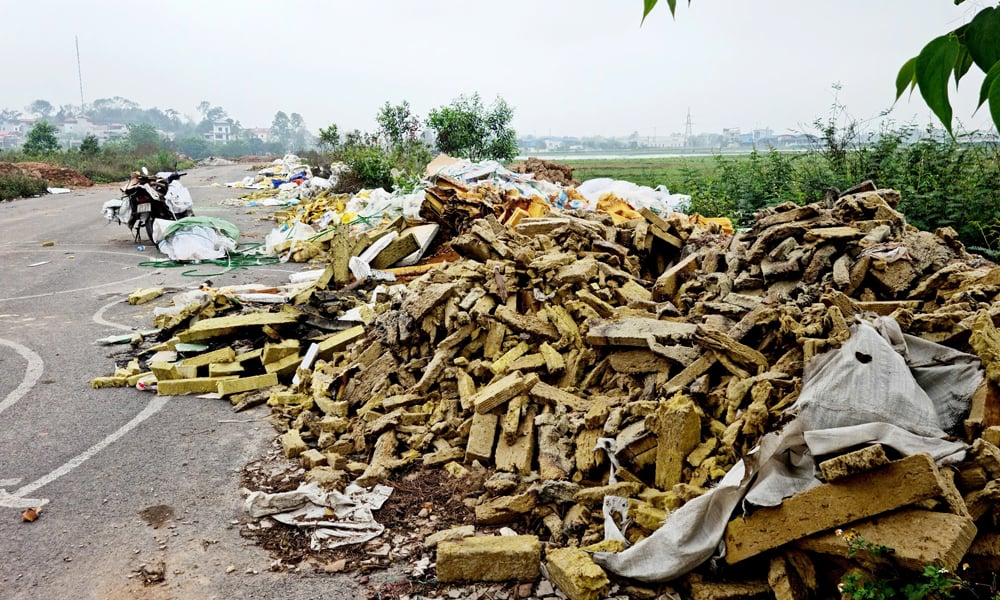

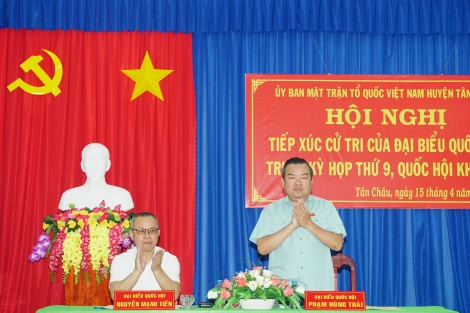






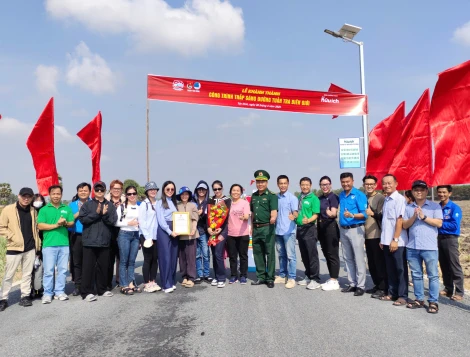
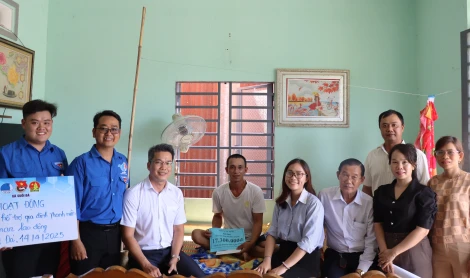
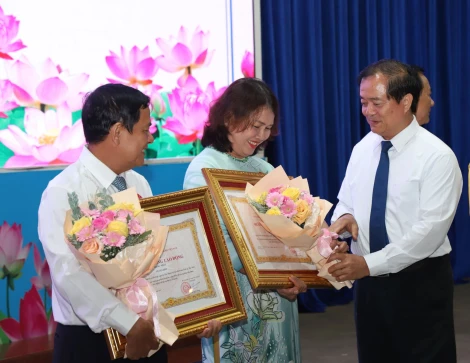
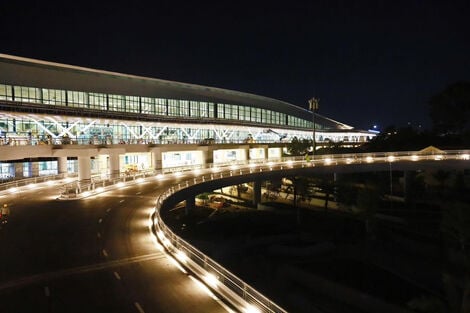






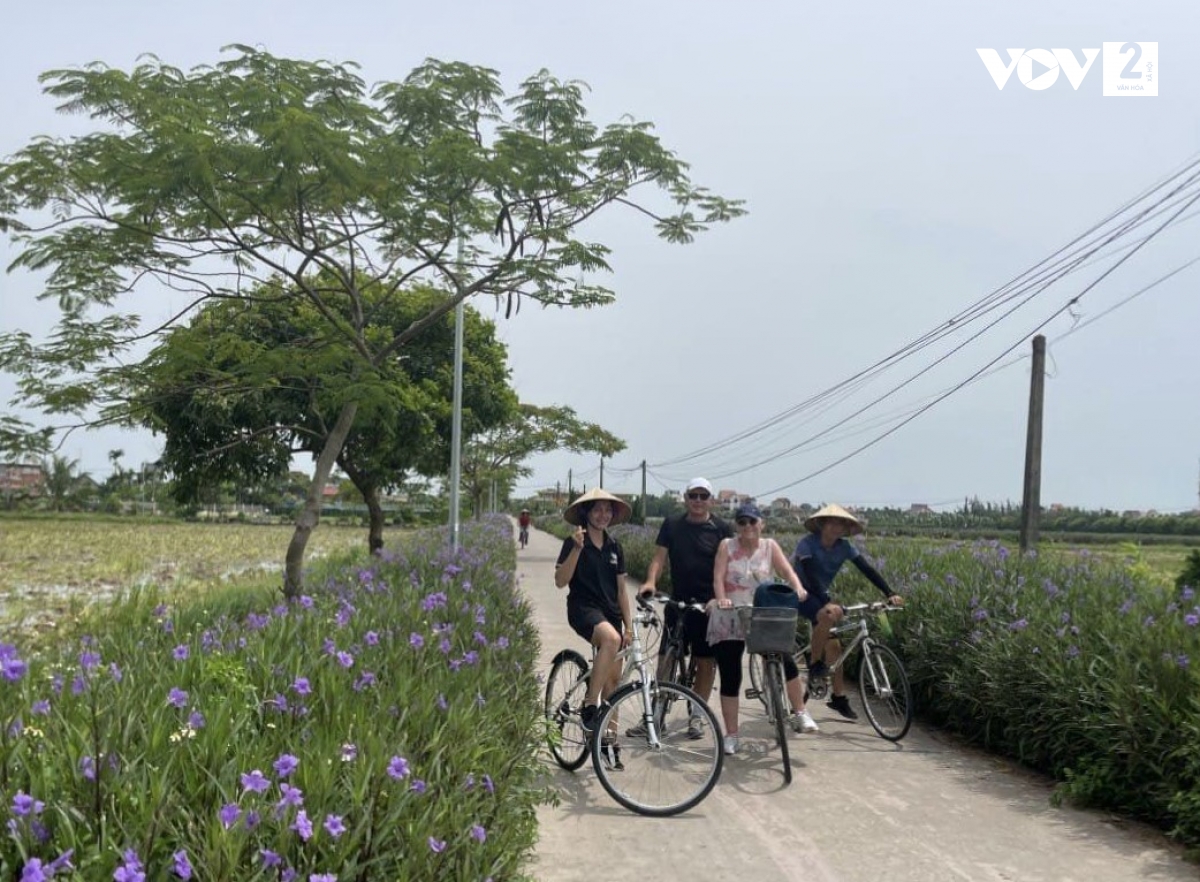

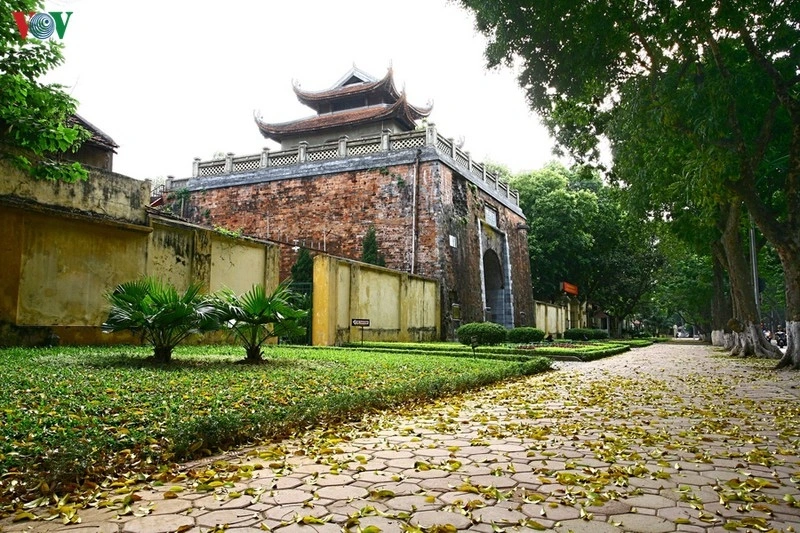




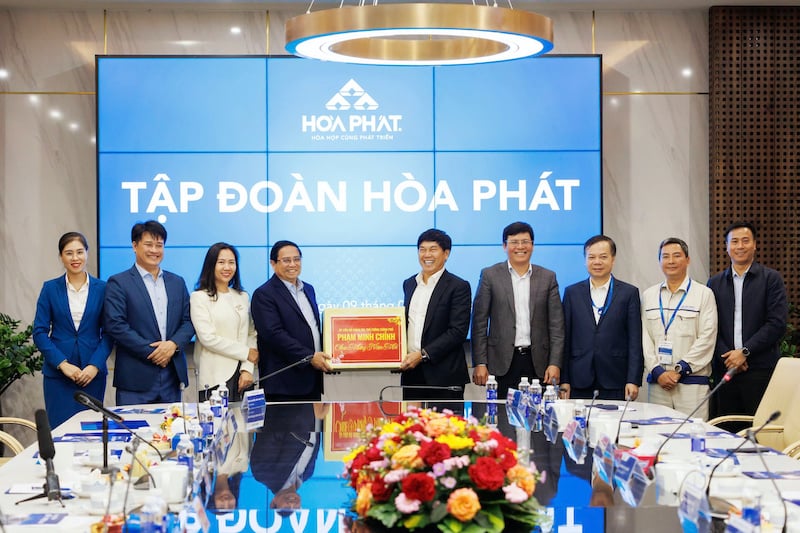



















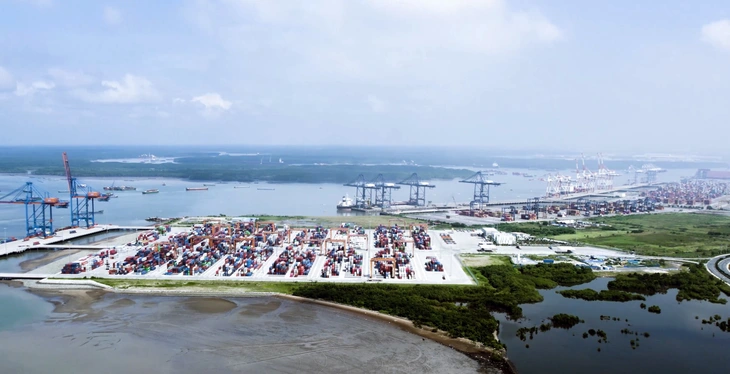





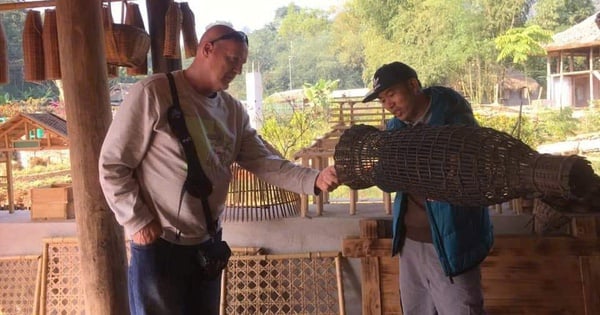

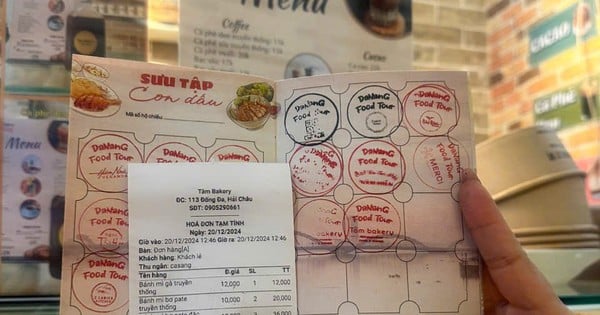
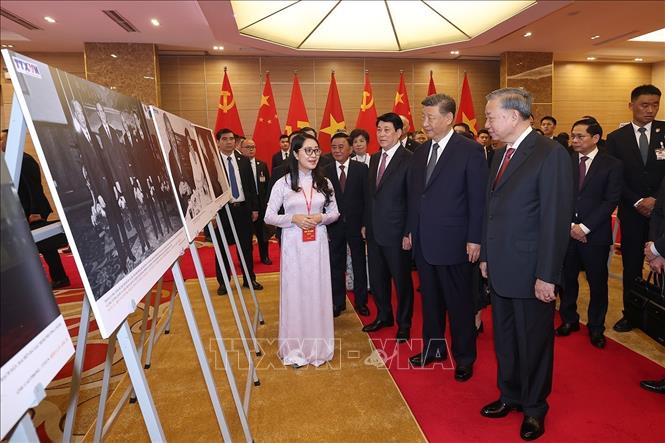



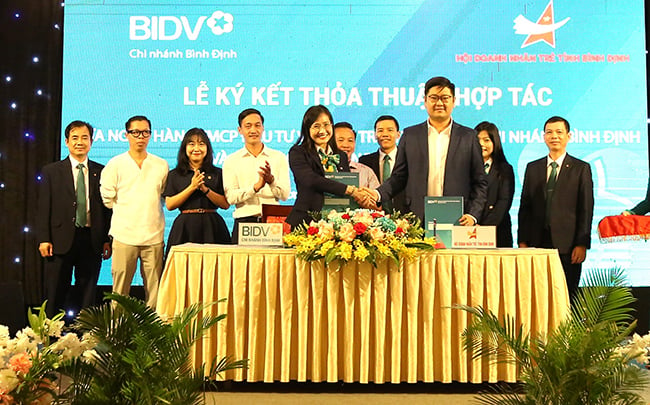



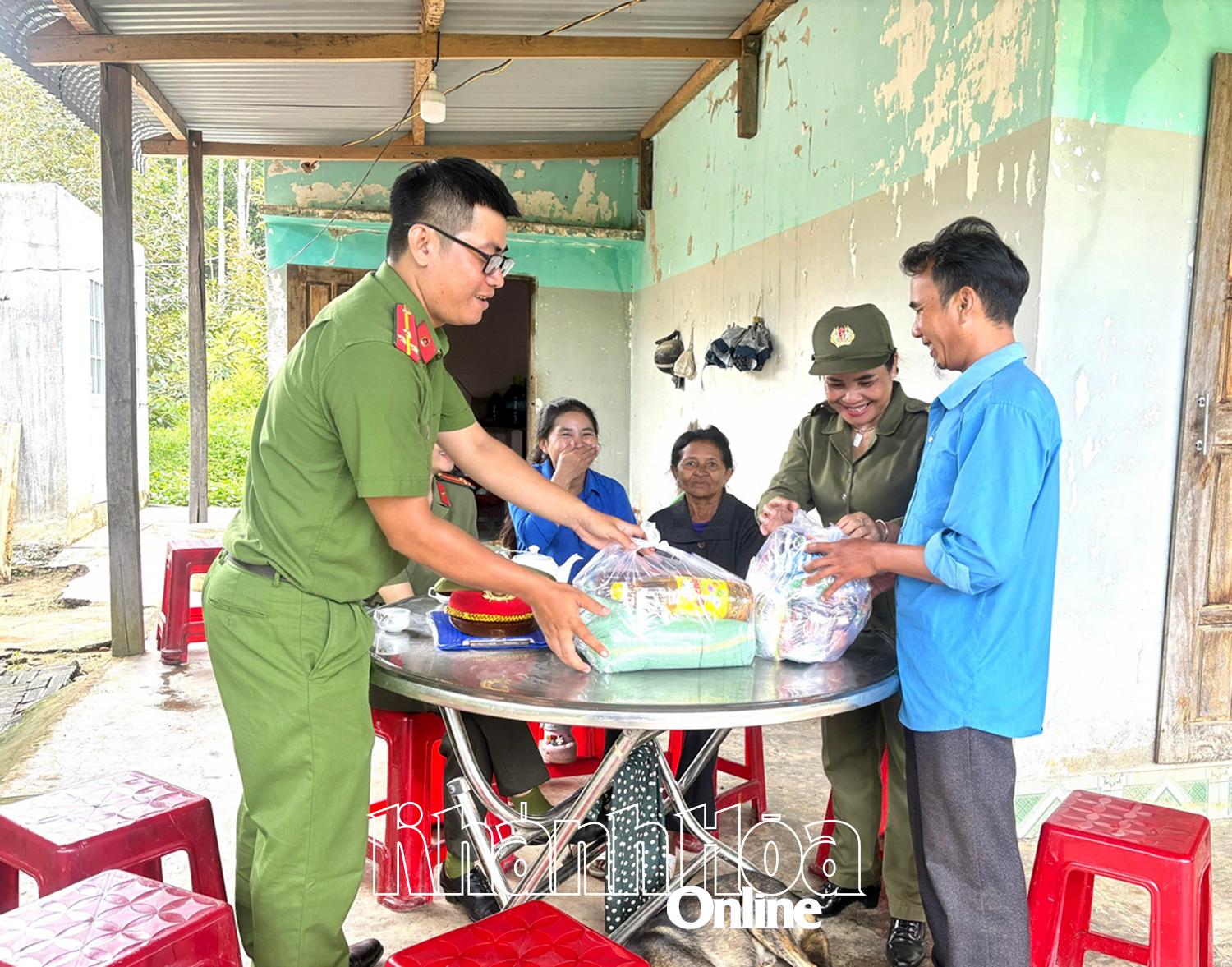



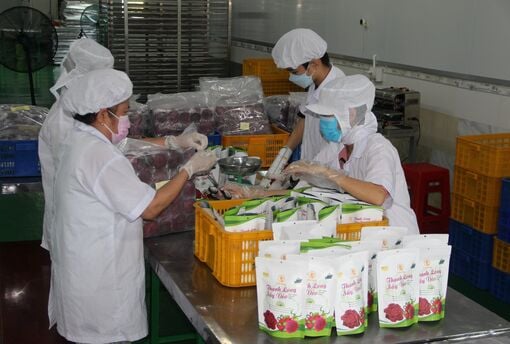

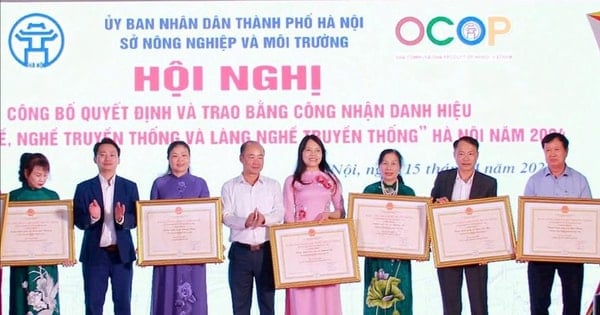
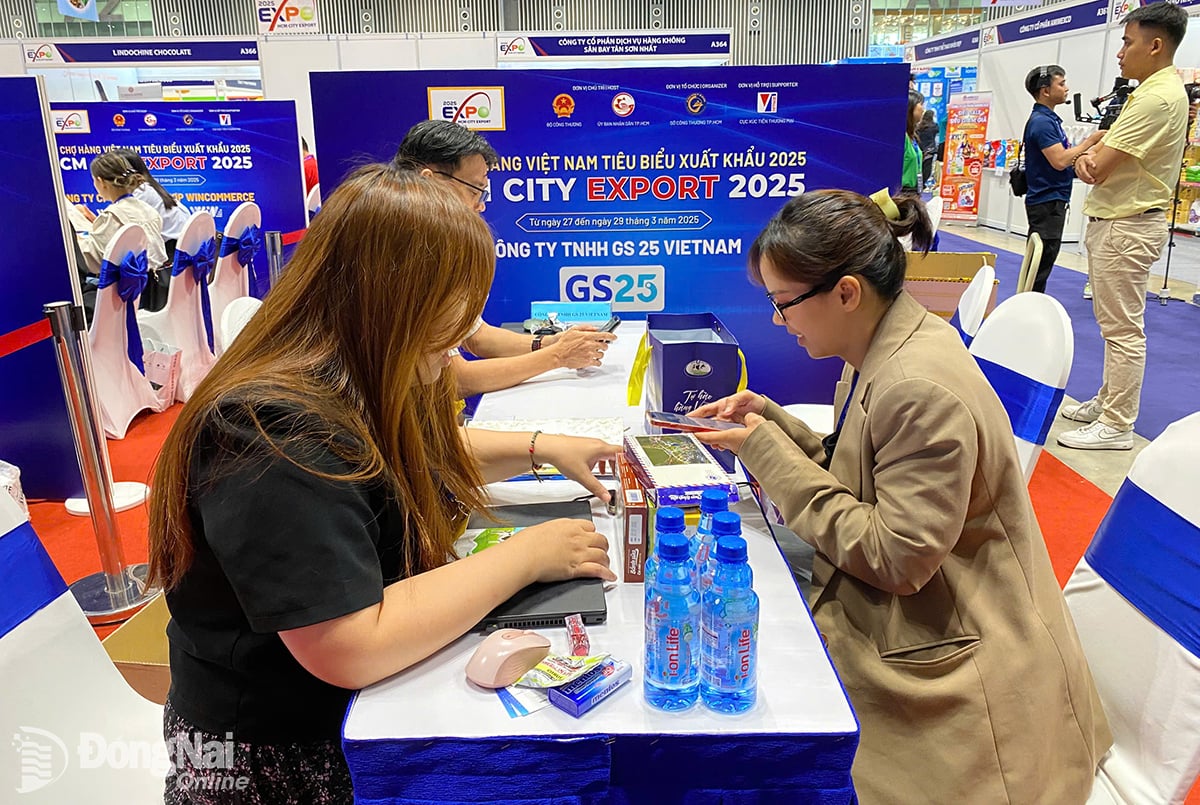

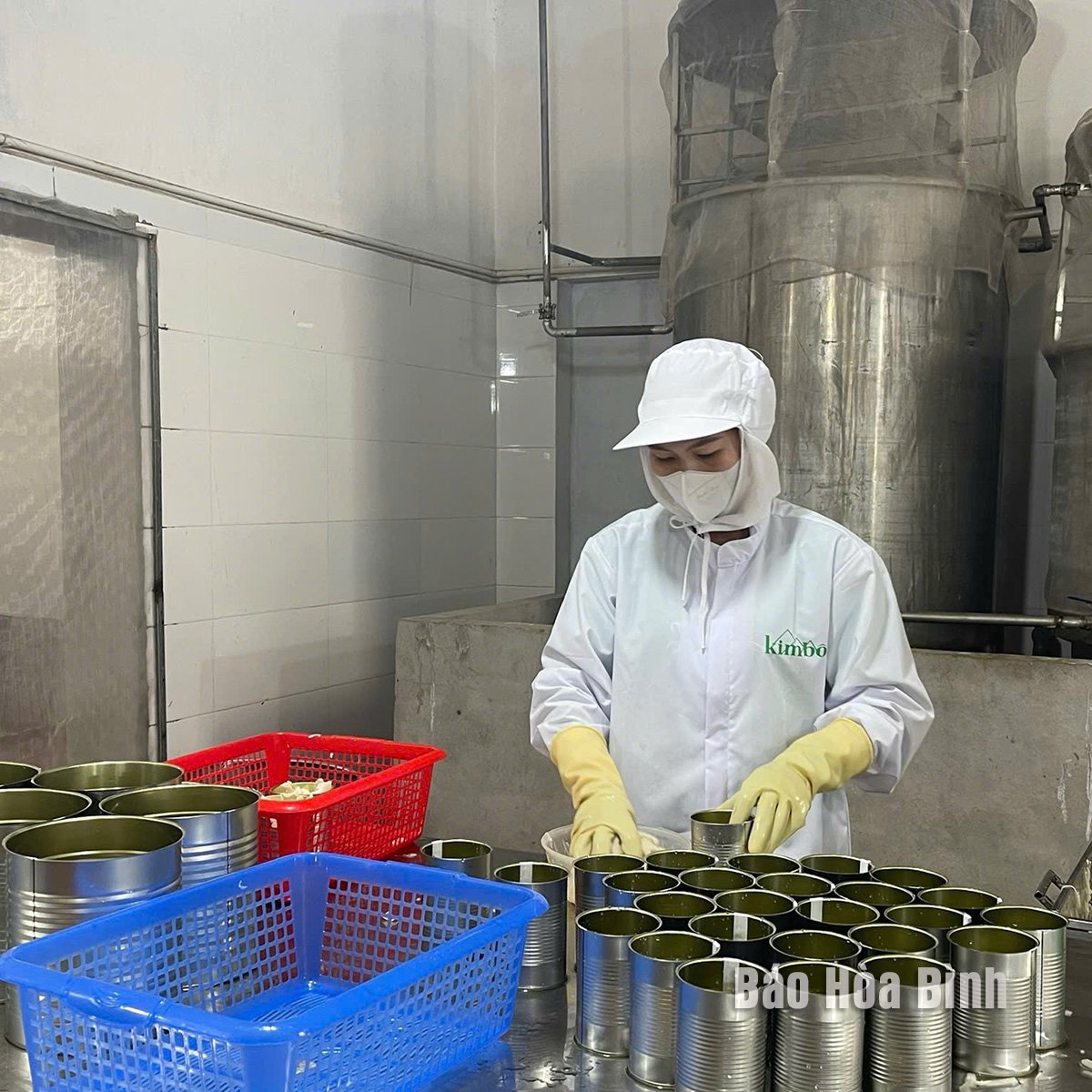
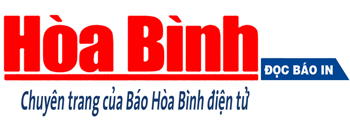


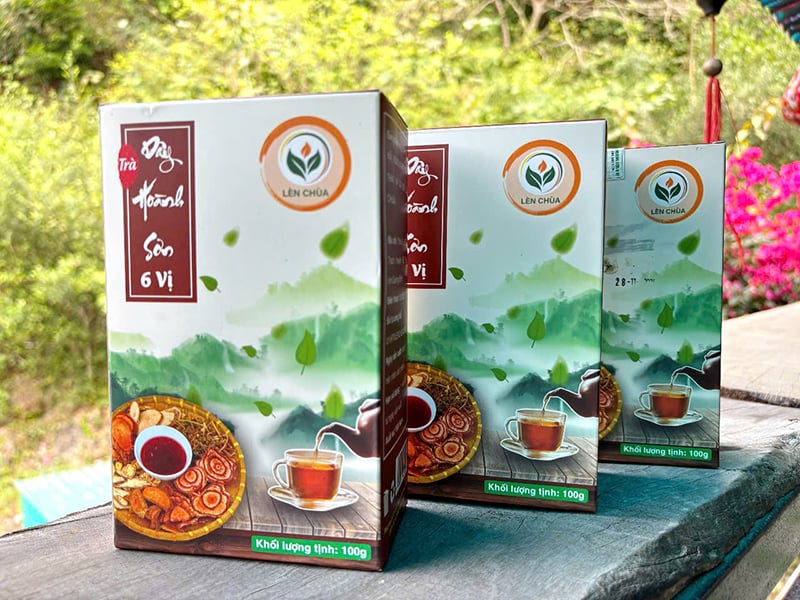
Comment (0)